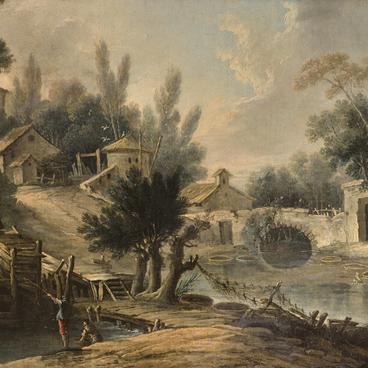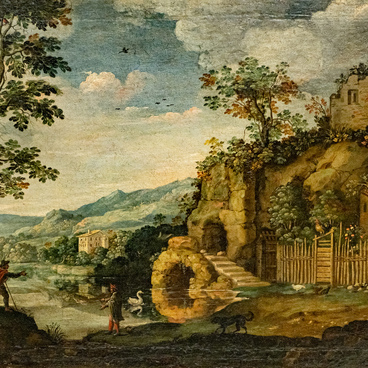The collection of the Sakha Republic National Art Museum includes a painting by the French artist and illustrator Georges Moreau de Tours “The Death of General Pichegru.”
The French Revolution attracted hundreds of young people to military service, allowing them to rise to high ranks. After a lightning-fast rise up the military career ladder, Pichegru was unable to take advantage of the good fortune that fell to his lot. A divisional general, he was a talented military man who successfully conducted several combat campaigns and won a brilliant victory over the Dutch. Pichegru was considered Napoleon’s main rival. However, he was accused of treason and exiled to Guiana, from where he fled and took refuge in England. Napoleon Bonaparte, who saw the general as his rival, accused him of participating in Georges Cadoudal’s conspiracy against the republic. While in England, Pichegru conspired against the French government ruled by Napoleon Bonaparte. In January 1804, the general secretly returned to France but was apprehended based on informants’ reports and imprisoned in the Temple prison. Pichegru, despite the torture, remained silent during the interrogations and did not disclose a single name. He claimed that he was innocent and everything that was happening to him was a provocation by the police. Pichegru demanded an open trial in order to make important revelations. On April 6, 1804, the general was found strangled in his cell with his own tie. Few people believed the official version — suicide.
The painting depicts the moment when General Savary, accompanied by the director of the prison Fauconnier and doctor Suppé, has already entered the cell. In the foreground, in the gloomy atmosphere of a cell with a fireplace, the body of Charles Pichegru is depicted sprawled on a low wooden couch, with a black silk tie tightened around his neck, one end of which is wound around his right hand. On the floor lies an open book. Near the body, likely stands General Savary, who, like Pichegru, participated in revolutionary wars, as indicated by the French flag draped around his torso. At the feet of the deceased is doctor Suppé, who crouches down with an open medical case, stating the death of the general. A little further away, near the door, the director Fauconnier stands with his arms crossed over his chest, with a bunch of keys behind his belt. Nearby are two gendarmes and a curious young man with books under his arm in an emotional pose. To the right, at the back, two people sit at a table, making up the incident report.
At one time, the painting was very popular; it was
reproduced in an engraving, which was executed by the engraver and writer
Fortuné Louis Méaulle.


